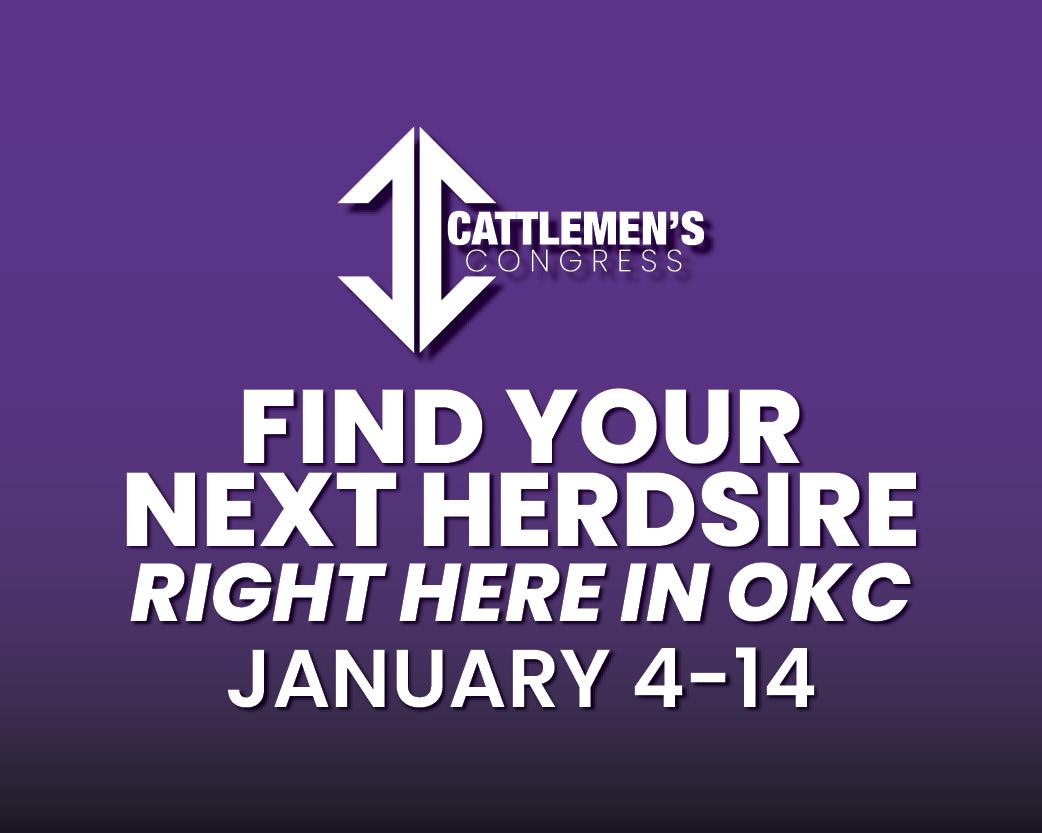
Market failure is an economic term. It occurs when what should be a freely functioning market fails to reach an efficient and equitable allocation of resources.
Now consider the domestic beef market. The only ingredient in beef is cattle, so you would expect there to be a close, synchronous connection between the price of cattle and the price of beef.
Indeed, that’s the relationship we experienced between the cattle and beef markets for over two decades leading up to the end of 2014 – when beef prices declined in the mid-1990s, cattle prices followed them downward, and when beef prices increased in the 2000s, cattle prices followed them upward. It was just as we would expect – a close, synchronous relationship between cattle prices and beef prices for over two decades.
But just a decade ago, in 2014, America found itself in a similar circumstance as we find ourselves in today – cattle supplies were then at a historic low, following the drought that lasted from 2010 to early 2013, and beef demand was incredibly strong. As a result of the supply-demand imbalance, beef prices were heading skyward, and so too were cattle prices.
The synchronous relationship between cattle prices and beef prices continued, and government and private analysts alike predicted that cattle ranchers would continue receiving high cattle prices for the next three years. This prediction, of course, was due to the long biological cycle of cattle, as it would take about three years to hold back breeding cattle, breed them, and then raise a slaughter-ready animal.
The other similarity was that imports were at near-historic highs in 2014 and 2015.
But instead of domestic cattle prices remaining strong, beginning in 2015 cattle prices collapsed, and they collapsed further and faster than any time in history and they continued their collapse until the fall of 2016.
During the cattle price collapse, beef prices expectedly fell too, but they didn’t fall as far as cattle prices. Instead, when beef prices turned around in early 2017 and resumed their upward climb, the spread between the value of cattle and the price of beef was the widest in history.
That marked the disconnect between cattle prices and beef prices. For the next four years, there was no longer a synchronous relationship between cattle prices and beef prices, as beef prices continued reaching skyward and cattle prices trended downward.
This complete disconnect between beef prices and its only ingredient – cattle – is clear and convincing evidence of acute market failure in America’s beef market.
There was no competitive reason for beef prices to climb as they did while leaving cattle prices in the dust. The market was exploiting ranchers at the beginning of the beef supply chain and beef consumers at its end.
One can say that the next drought that came along – the latest one that began around 2021 – saved the U.S. cattle industry from complete ruin. The drought-induced herd liquidation brought domestic cattle supplies to such an extremely low level that even the record imports of 2023 and 2024 weren’t sufficient to satisfy America’s incredibly strong demand for beef.
The forces that were holding cattle prices down for those several years while beef prices were skyrocketing lost their grip, and cattle prices began marching upward to meet beef prices.
But cattle prices couldn’t match the escalation in beef prices. In fact, from 2015 through 2024, All-Fresh beef prices increased nearly $2 per pound (a 32% increase), while cattle prices increased less than 40 cents per pound (only a 25% increase).
This means today’s beef prices are not being determined by competitive market forces. It means beef consumers are paying inflated prices while they and cattle ranchers are still being exploited by the broken market. Sadly, neither consumers nor ranchers can fix this without the government’s help.
The reason market failure pervades the beef market is that the government has not enforced our antitrust laws and our fair competition laws, like the Packers and Stockyards Act. It has not protected the market from excessive direct product substitutes sourced from abroad that displace domestic production and disincentivize domestic cattle herd expansion. And it relegates retail beef to nothing but a substitutable commodity, as there is no law requiring U.S.-produced beef to be differentiated from foreign beef with a country-of-origin label.
We can fix these things if we all work to impress upon our elected officials the critical need to restore competition to our beef market so both ranchers and consumers can benefit from a properly functioning beef market that protects national security by reducing our dependence on foreign countries for such an important staple as beef.


















